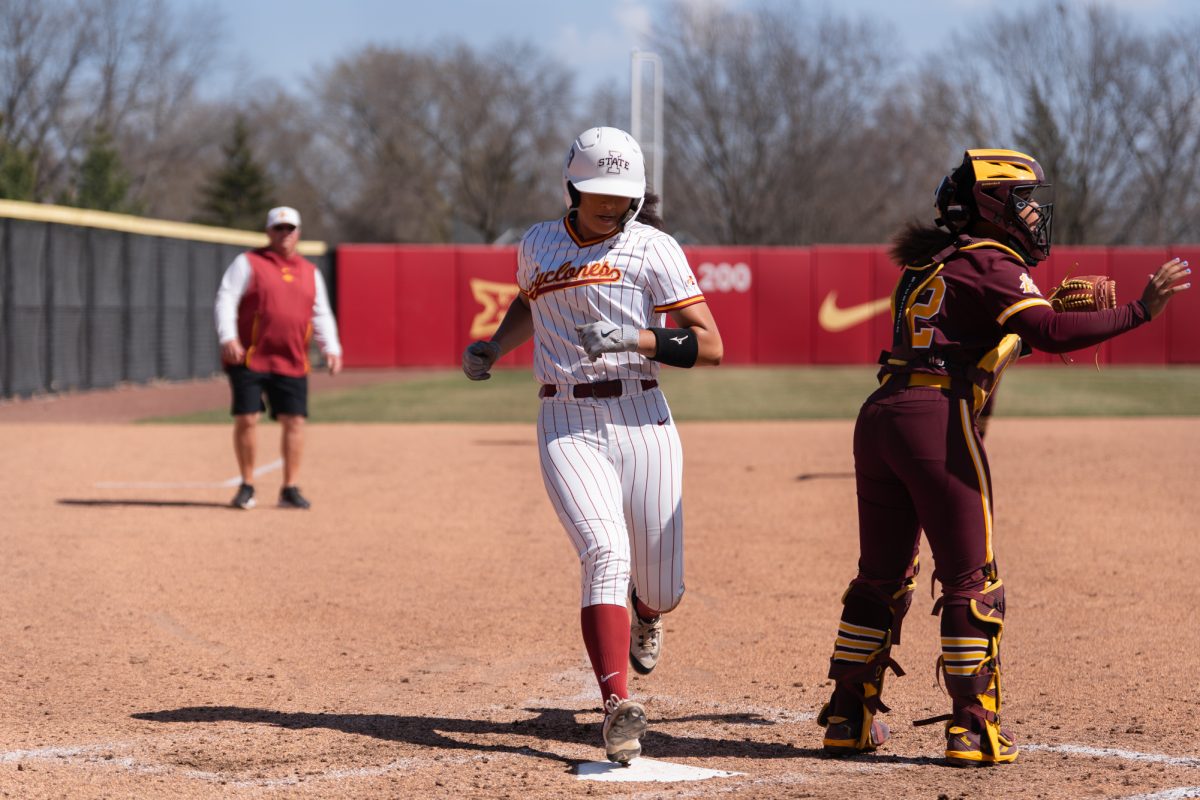Letter to the editor: Comics can be quality literature, too
September 14, 2012
I find the dejection found in Shannon Lange’s column last Friday, “Graphic novels can be serious literature,” astounding. Not only does she seemingly not regard manga, Marvel and DC comics as legitimate stories, she has the gall to strongly suggest that the only good “graphic novels” are about historic events (“Maus”), adaptations of previous works (“Hamlet”) or political commentary (“V for Vendetta”).
Lange, what about “Astonishing X-Men,” written by cult icon Joss Whedon? Or how about the little-known “Wandering Son,” published by Fantagraphic Books, about two seventh graders who don’t associate with their respective genders and, in fact, cross-dress so they can be closer to the gender they associate with? Are these not literary by Lange’s standards or is she just unfairly grouping everything she hasn’t read into one convenient category for the sake of the article?
What defines comics as literary works isn’t their art. Of course, it isn’t their art and people don’t think of comics as just pretty artwork. They consider comics or graphic novels or manga as literary works when the writing is good and the art serves as a mode of storytelling. “Astonishing X-Men” and “Wandering Son” are critically acclaimed because they have some of the most brilliant writing seen in any literature, not just comics.
So there are some comics that are just created as a way to spend time. (I’m looking at you, Superman.) The definition of a comic and a graphic novel and manga, then, is defined by the mode of publication rather than, as Lange suggests, the format of the story.
To oversimplify the process, comics are typically published chapter by chapter; graphic novels are typically published volume by volume; and manga are simply comics from Japan, published in a variety of ways in their native country but usually just volume by volume in the United States. This, again, really is the preference of the reader, but I believe the definition I’ve laid out here provides something much more concrete. Because “Astonishing X-Men,” at the very least, is considered a comic book, but it’s written much more like a graphic novel.
Again, I’ll return to “Astonishing X-Men” as an example for the second to last paragraph. There’s the writer, Joss Whedon, and the artist, John Cassaday. But it’s both critically acclaimed and a great story with a different artist and writer. Another example is “Death Note,” regarded as one of the greatest manga out there. But it’s written by Tsugumi Ohba and drawn by Takeshi Obata. So is more credit due when it’s just one person writing and illustrating? Absolutely not. The credit is due when the creative work is good by a consensus, both in the writing and the artistry.
The writer-artist relationship (and this is true in at least Japan for manga) is that the writer will write a basic storyboard — where the character should be, what he or she should be doing, what the background should look like and any other details the writer specifically wants — and hands that off to the illustrator, who will make that come to life. So are the illustrators not conveying what the writers want? Again, absolutely not.
So are comics literary works? Yes. But, as with any other literary work, it’s determined by the quality of writing. Not by the qualifier that book stores use to organize their material.






